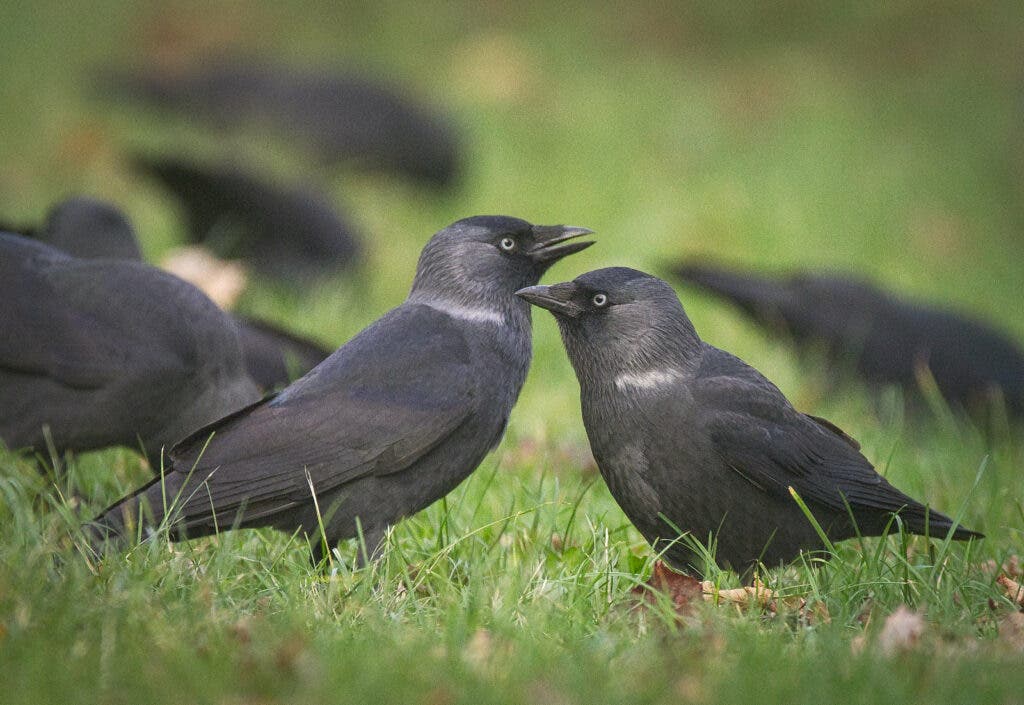On winter mornings in the UK, small black crows known as jackdaws (Coloeus monedula) call loudly to one another before taking off simultaneously around sunrise. Now, researchers who have studied their daily activities in detail found evidence that jackdaws rely on a “democratic” decision-making process to coordinate their actions before flying.

Jackdaws, which get their name from their brief “Jack”-like squawk, are found across Europe, North Africa, and Asia, and form big groups known as clatterings. They are small and have a distinctive silvery sheen to the backs of their heads and pale eyes. They are commonly found nesting in chimneys, buildings, rock crevices, and tree holes.
Previous studies on consensus decision-making in jackdaws have focused on smaller groups or those integrated by family members. However, jackdaws roost in big and diverse groups, with individuals of different ages, sexes, family groups, and colonies. Sticking together offers advantages, such as fewer risks of being hunted by other birds.
“As humans, large animal groups can use decision-making processes to overcome their individual differences and reach a kind of ‘democratic’ consensus,” Alex Thornton, one of the study’s authors and a researcher from the University of Exeter, told the BBC. “When a bird calls, it’s casting a vote or signaling it wants to leave.”
Exploring jackdaws
To better understand jackdaws, Thornton and his colleagues recorded hours and hours of audio and video of six different jackdaw roosts in the UK over the course of winter. The size of the roost varied from 160 to 1,500 individuals. The researchers quantified the intensity of the birds’ calls leading up to and right after they took off in flight.
The study’s findings showed that the timing of departure is linked to the calling intensity within the roost. While on a few mornings, the birds left in a stream of small groups for 20 minutes, most of the time they set out in mass departures. Hundreds of birds take off within four seconds of each other, forming a remarkable spectacle.
The researchers found that the calling intensity increased over the hour before the largest group departure. They concluded that changes in calling intensity might be used as a source of information, allowing birds to match their daily takeoffs. To confirm this, they played recordings to the birds, which triggered an earlier takeoff.
“Through their calls, jackdaws appear to effectively signal their willingness to leave, providing large groups with a means of achieving consensus to perform cohesive, collective departures from the roost,” the researchers wrote.
Up next, the team wants to further study jackdaws to understand how human activities, such as light and noise pollution, could be affecting group dynamics. Thornton told BBC that the birds’ abilities to communicate and reach consensus decisions, for example, could be altered by human activities in their environments.
The study was published in the journal Current Biology.









